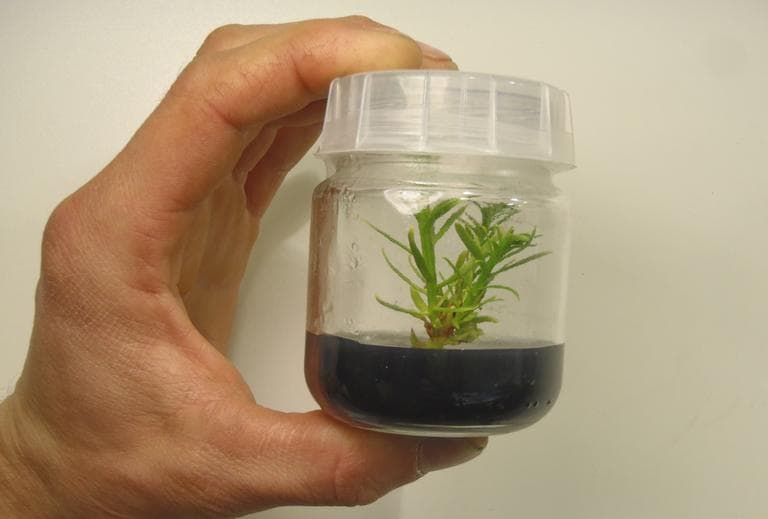Advertisement
Conservationists Clone Ancient Redwoods
ResumeToday in New Zealand, you'll be able to find something you'd only expect to see in Northern California: redwood trees.
"We had thousands of failures until finally we got the right combination."
David Milarch
These trees are only saplings, about 18-inches tall, but they are the clones of some of the oldest and most massive trees on Earth.
The planting of these trees in New Zealand and eight other locations around the world yesterday is the first step toward building "tree archives" - small forests where some of the world's most ancient trees would be cultivated for study, and to help fight climate change.
The tree archives are the work of David Milarch, co-founder of the Archangel Ancient Tree Archive in Michigan, and the subject of the book "The Man Who Planted Trees."
"We were told by most of the world's scientists that this is impossible. Trying to ask a 2,000-year-old or 3,000-year-old tree to reproduce itself is akin to having a 110-year-old woman have a baby," Milarch told Here & Now's Robin Young.
Milarch didn't believe the naysayers and kept trying.

"We had thousands of failures until finally we got the right combination," he said.
Giant sequoias are among the fastest-growing trees on the planet, Milarch said, and absorb more carbon dioxide than other trees.
His goal, he said, is to help offset the excess carbon in the atmosphere and produce more oxygen by reforesting the planet.
In addition to the redwoods, the Archangel Ancient Tree Archive is cloning 70 other tree species.
- Have you visited the ancient redwoods in Northern California?Tell us on our Facebook page or share a photo in the comments.
Guest:
- David Milarch, co-founder of the Archangel Ancient Tree Archive.
This segment aired on April 23, 2013.